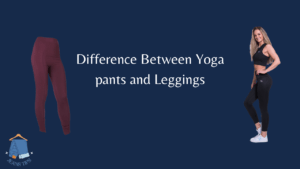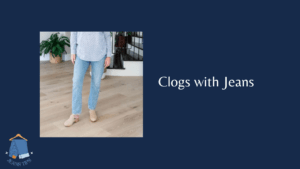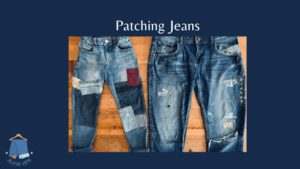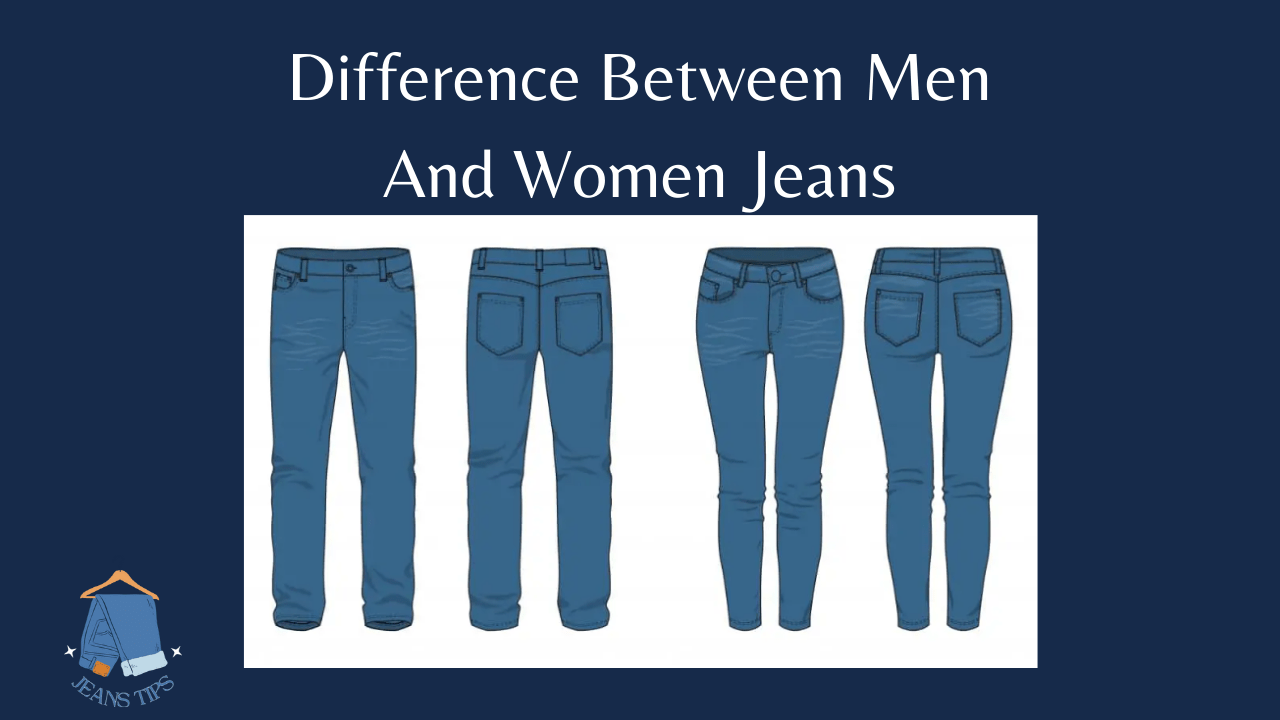
Have you ever found yourself staring at a pair of jeans, unsure if they’re meant for men or women? Don’t worry! you’re not alone. Distinguishing between men’s and women’s jeans can sometimes be tricky, but fear not – we’ve got you covered. In this guide, we’ll break down the key differences between men’s and women’s jeans, helping you navigate the denim world with confidence.
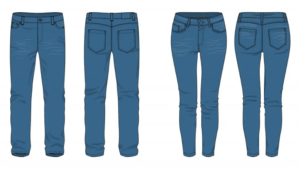
Key Difference Between Men’s and Women’s Jeans
1. Sizing and Fit:
Men’s jeans typically feature a straighter cut, catering to a more angular physique, while women’s jeans are designed with a curvier fit, accommodating wider hips and a narrower waist. Men’s jeans are usually sized using waist and length measurements (e.g., 32″ waist, 34″ inseam), whereas women’s jeans often utilize numerical sizing, with variations across brands.
2. Cut and Style:
Men’s jeans tend to have a straight or slightly tapered leg, providing a classic, timeless look. On the other hand, women’s jeans offer a myriad of styles, including skinny, bootcut, flare, and more. These styles accentuate different parts of the body, with options tailored to individual preferences.
3. Design Details:
While men’s jeans prioritize functionality, featuring simple and practical pocket designs, women’s jeans often incorporate decorative elements such as embroidery, rhinestones, or unique stitching patterns. These embellishments add flair and personality to women’s denim, reflecting diverse fashion preferences.
4. Rise Length:
Men’s jeans typically offer mid to high-rise options, sitting comfortably at the waist. In contrast, women’s jeans come in a variety of rises, including low, mid, and high-rise styles. This versatility allows women to customize their fit based on personal comfort and style preferences.
5. Fly Closure:
Another distinguishing factor is the fly closure. Men’s jeans typically feature a zipper fly, providing convenience and ease of use. Conversely, women’s jeans often opt for a button fly, adding a touch of sophistication to the design.
6. Fabric and Durability:
While both men’s and women’s jeans are crafted from denim, men’s jeans tend to use sturdier, thicker fabrics, emphasizing durability and longevity. Women’s jeans may incorporate softer materials with added stretch for enhanced comfort and flexibility.
7. Color and Wash Options:
When it comes to color and washes, men’s jeans often feature darker, uniform hues, suitable for a wide range of occasions. Women’s jeans offer a broader spectrum of colors and distressed washes, catering to diverse style preferences and trends.
In Conclusion
Understanding the nuances between men’s and women’s jeans empowers you to make informed fashion choices. Whether you prefer the classic simplicity of men’s denim or the versatility and embellishments of women’s styles, there’s a perfect pair out there for everyone. So, the next time you’re shopping for jeans, use these insights to find the perfect fit that complements your style and personality.
Discover your ideal denim match and embrace the confidence that comes with rocking the perfect pair of jeans, tailored to your unique preferences and physique. Happy shopping!
1. Are men’s and women’s jeans made from different materials?
- Generally, both men’s and women’s jeans are crafted from denim, but the specific fabric composition may vary between brands and styles. Men’s jeans may prioritize sturdier, thicker denim, while women’s jeans often incorporate softer materials with added stretch for comfort.
2. Can women wear men’s jeans and vice versa?
- Yes, women can wear men’s jeans and vice versa. With varying fits and styles available, individuals are encouraged to explore different options to find jeans that suit their preferences and body types best.
3. How do I determine if jeans are meant for men or women?
- Look for subtle cues such as the cut, fit, and design details. Men’s jeans typically have a straighter cut and simpler designs, while women’s jeans may feature embellishments and a curvier fit.
4. Do men’s jeans have different sizing conventions compared to women’s jeans?
- Yes, men’s jeans are typically sized by waist and inseam measurements, whereas women’s jeans may use numerical sizing or waist measurements. It’s essential to refer to the sizing charts provided by each brand for accurate fit.
5. What are the key differences between men’s and women’s jeans in terms of fit?
- Men’s jeans often have a straighter fit, while women’s jeans are tailored to accommodate curves with narrower waists and wider hips. Understanding these differences can help you find jeans that flatter your body shape.
6. Are there specific style options available for men’s and women’s jeans?
- Yes, men’s jeans commonly feature classic styles like straight or tapered legs, while women’s jeans offer a wider range of options, including skinny, bootcut, flare, and more.
7. Do men’s and women’s jeans differ in terms of fly closures?
- Typically, men’s jeans feature a zipper fly, while women’s jeans may have a button fly. However, variations exist, and some styles may deviate from these conventions.
8. Are there size differences between men’s and women’s jeans?
- Yes, men’s jeans are generally a size larger than women’s jeans due to differences in body shape. Understanding the sizing variations between genders can help ensure a proper fit.
9. Can women wear men’s jeans for a more relaxed fit?
- Absolutely! Many women enjoy the looser fit and straighter cut of men’s jeans for a relaxed and casual look. Experimenting with different styles can help you find the perfect fit for your comfort and style preferences.
10. How important is it to consider gender-specific features when choosing jeans?
- While gender-specific features can provide guidance, the most crucial factor is finding jeans that fit well and make you feel confident. Don’t be afraid to explore various options and prioritize comfort and style above all else.

